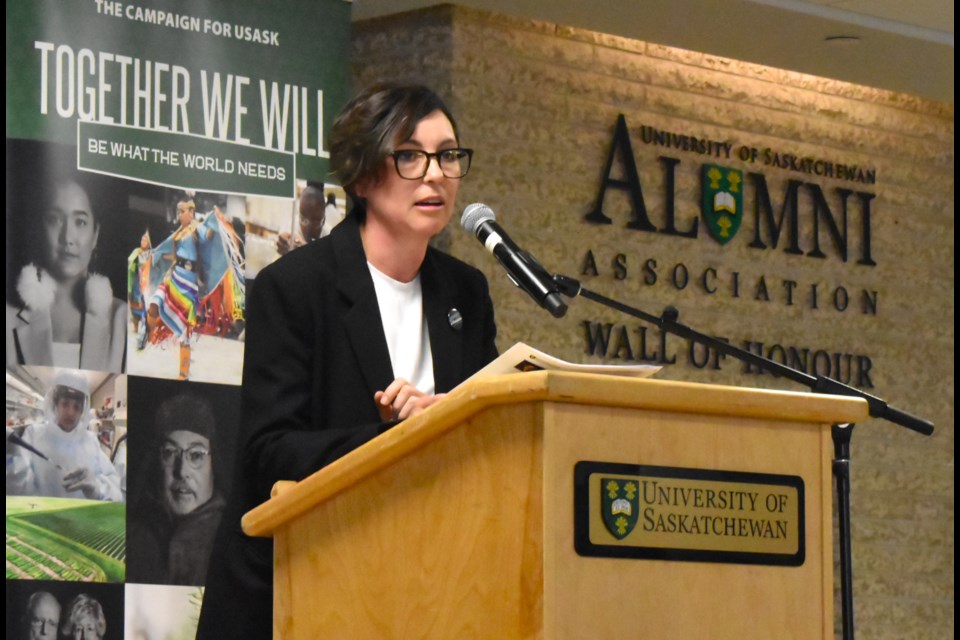Reality of the Pesticide Ban
Cynthia Siva Don Lobb
University of Guelph Don Lobb and Associates
Guelph ON N1G 2W1 1009 Boston Mills Rd
ph. 519-824-4120 x53016 Caledon ON L7C 0N1
e-mail: csiva@uoguelph.ca ph. 905-838-2221
e-mail: dwlobb@xplornet.com
03 – 2011
In our agri-food industry, we have a responsibility to produce safe food and insure public safety
and personal safety while achieving production efficiency. Scientific development during the past
several decades has allowed good progress on all fronts. In the past, pest control products were
mainly natural or organic and have almost always been very toxic and very persistent. The
introduction of 2,4-D in the 1940s signaled a change. It continues to be used. World wide, it has
been re-evaluated 17 times; each time passing tougher scrutiny. DDT was also first available for
use in the 1940s. It was safe for humans but was persistent in the environment so its use was
curtailed in Canada within about 20 years.
Concern for the environment and human health soon brought much more careful scrutiny of the
many new products that came to market. Public concern and strict regulation based on the full
body of evidence-based science, plus built in precautionary factors resulted in the development of
increasingly safer products and more precise application. Education programs and certification
for growers in Ontario and the development of Integrated Pest Management strategies has
allowed reduced use of pesticide and reduced risk of pest tolerance to specific pesticides.
Recently, new genetics have made some crops resistant to some pests or pesticides. This has
allowed further reduction of applied pesticide and created opportunity to use the safest product.
Science allowed these advances.
In general, the lawn care industry behaved differently than farmers. Farmers marketed their
produce. The lawn care industry aggressively marketed their services. More applications
produced more profit. Their cavalier attitude toward public concern about pesticide safety was
one factor that led to the “Cosmetic Pesticides Ban Act, 2008”.
That “Act” was also driven by eco-activist agendas. Through history there has always been some
resistance to science because science often does not support philosophical beliefs. However,
this movement really got underway during the DDT experience of the 1960s. Often these people
have been honest and their causes have been legitimate. However, as time wore on, emotion
and philosophy and marketability has driven causes. Selected pieces of science have been
“used” to support their positions. This is fraudulent use of science.
Following the Walkerton water quality experience, the eco-activist movement has regularly missused
the “precautionary principle” i to advance their causes. A full body of sound evidence-based
science has not been demanded by politicians as they considered the pesticide issue. Evidence
presented has gone unchallenged, as did the credentials of the presenters. The result is the
“Cosmetic Pesticide Ban Act, 2008”.
At a meeting of the Ontario Fruit and Vegetable Growers in January 2009, Gord Miller, Ontario’s
Environment Commissioner, was reported to say, “The decision to ban cosmetic use of pesticide
was not backed by science, making it a political decision – which politicians have the right to do.”
ii This lack of science gives cause for real concern as we look to the future. It encompasses
reduced science and transparency through the pesticide evaluation process. It (incorrectly)
seems to assume that old or natural pesticide is safe. The efficacy and cost of natural product
seems to be disregarded. Example: For weed control in turf, chelated iron is the best substitute
for 2-4,D. However, the data shows weed control is not good and the cost appears to be 3,500
times higher than 2,4-D.
The eco-activist anti-science, anti-business agenda will continue. On a day by day basis, modern
agriculture is portrayed as environmentally irresponsible and contributing to food and health risk
issues. Synthetic pesticide, no matter how safe, is referred to as poison on our food.
Science based food production is being challenged. Agriculture is under scrutiny. We cannot
count on support from government as municipally and provincially it appears they take positions
based on their perception of the public mood. Premier McGuinty indicates that the lawn care ban
is ‘just a first step’. iii
Ontario agriculture must respond in two ways:
1. Farmers themselves must police the industry to use responsible management of
soil, water and other resources. Sloppy management is not acceptable. Our track
record has been good with initiatives like the Grower Pesticide Safety Courses and
Environmental Farm Plans. We must continue with similar activities, and more
importantly, we must keep telling this story to the public.
2. Farmers must defend the science that supports high productivity of safe, high
quality food, farmers must aggressively tell their story directly to the public NOW!
Good face to face relationships are important. Communication must be accepted
as a cost of doing business.
——————-
i
The “Precautionary Principle” was intended (at the Rio Declaration) for use where science does
not exist. It currently is used by eco-activist groups to justify their position where science does
not support their philosophy.
ii
Ontario Farmer, February 3, 2009.
iii
Reference Hansard: Legislative Assembly of Ontario, Monday, May 12, 2008, Order of the Day
– 1520. “
Two weeks before the last election, Premier McGuinty was on The Bill Carroll Show on
CFRB. On that show he’s reported to have said, when asked about the pesticide legislation, that
this is the first step. I guess there’s more to come. I do ask, when will the other shoe drop?” –
Toby Barrett, MPP, Environment Critic
![]()





